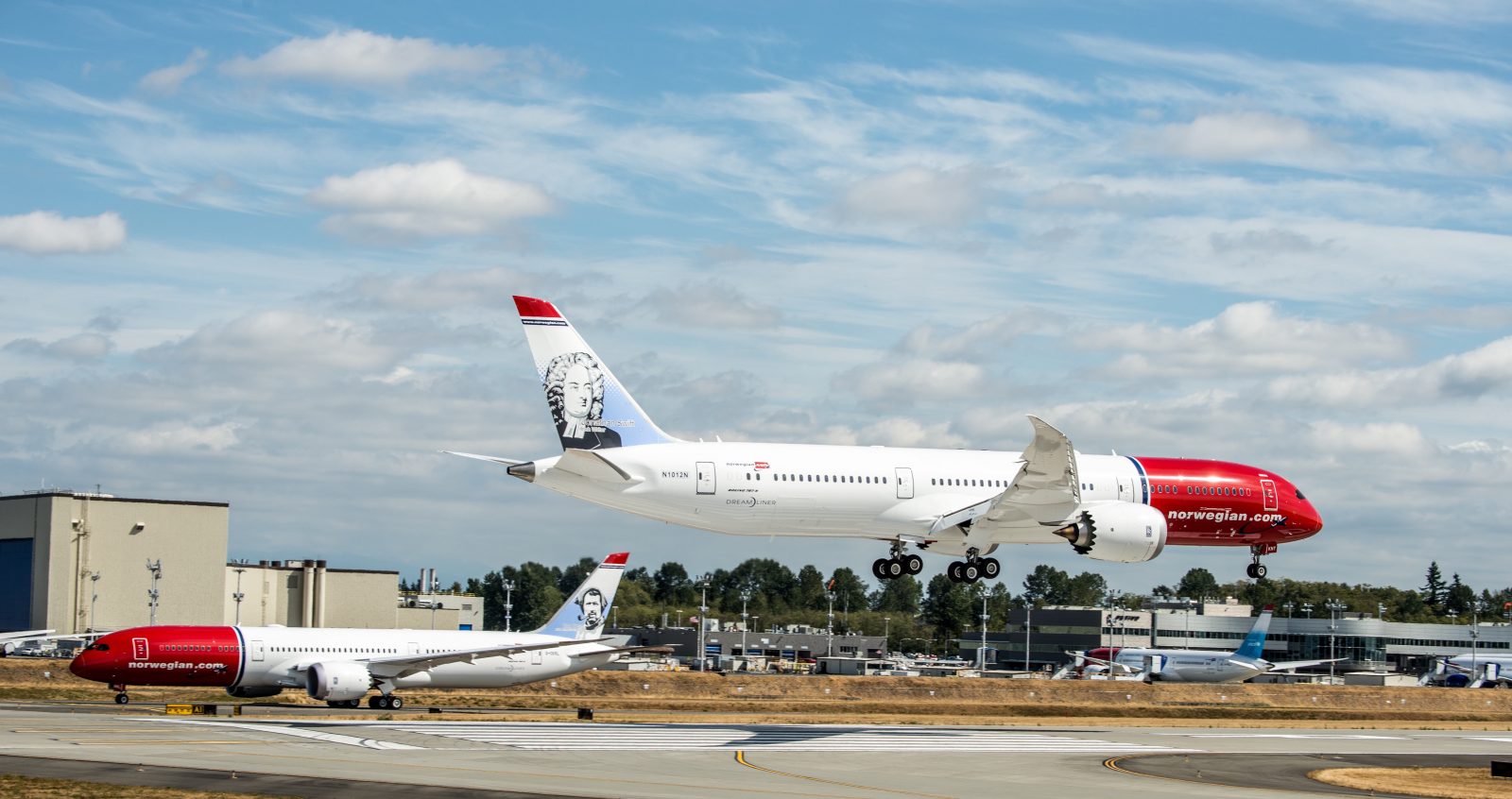
The Scandinavian low-cost airline, Norwegian says it has made an unspecified and as yet “unrealised” loss as the result of a fuel hedging strategy it put in place during 2018. Fuel hedging, whereby airlines buy aviation fuel at a guaranteed set amount over a given period, is a common tactic used by many carriers around the world to insulate themselves from the constantly fluctuating price of oil.
Not only can fuel hedging help an airline plan its financials more accurately but when done well, airlines can save considerable costs if they fuel hedge at the right moment before the cost of oil goes up. Sometimes, though, airlines get it wrong and hedge at a higher price than the future market cost – that’s exactly what has happened to Norwegian (and a number of other airlines).
During the course of 2018, oil prices rose rapidly and at one point the cost of aviation fuel spiked at nearly $100 per barrel from just $40 per barrel the year before. But in the last month, oil prices have dropped suddenly. According to the latest figures from the IATA aviation fuel monitor, airline fuel is now selling for just $67 per barrel – a 16% drop on the price from the same period 12-months ago.
Norwegian planned to hedge around 27% of its total fuel requirements during 2018 so it’s not nearly in the same predicament as other carriers such as the Lufthansa Group which hedged 78% of its fuel requirements or the IAG Group, owner of British Airways and Iberia at 73%. The likes of Ryanair, as well as Emirates, don’t fuel hedge but this position also comes with its disadvantages.
Serious questions have been raised about Norwegian’s financial situation of late and yet more losses will only fan the flames. For its part, Norwegian says the losses have already been accounted for – putting them in a better position than other airlines. A cost-cutting programme which is currently underway is also expected to help the company’s financial position over the course of the year.
“Continued tough competition, high oil prices and operational challenges in 2018 combined with the issues with Rolls Royce engines, which have particularly affected our long-haul operations, have had an impact on our financial results in the latter half of 2018,” explained Norwegian’s chief executive, Bjørn Kjos.
Those issues, which have been widely reported, even led to Norwegian having to deny rumours it was about to go bust just before Christmas. Along with the cost cutting plan, Norwegian is still in talks to offload its aircraft fleet in a joint venture that would remove much of the financial strain. At the same time, speculation that the IAG Group could still make a bid to takeover the carrier has waned.
On the back of breakneck international expansion, Norwegian carried some 37 million passengers last year – an increase of 13% on the year before. That was in large part down to the airline taking on 25 brand new aircraft, as well as opening up 35 new routes including its new Argentinian venture. Load factor (a measure of how full a plane is) came in at an impressive 85% – although that was down nearly 2% on 2017’s figures.
Mateusz Maszczynski honed his skills as an international flight attendant at the most prominent airline in the Middle East and has been flying ever since... most recently for a well known European airline. Matt is passionate about the aviation industry and has become an expert in passenger experience and human-centric stories. Always keeping an ear close to the ground, Matt's industry insights, analysis and news coverage is frequently relied upon by some of the biggest names in journalism.







